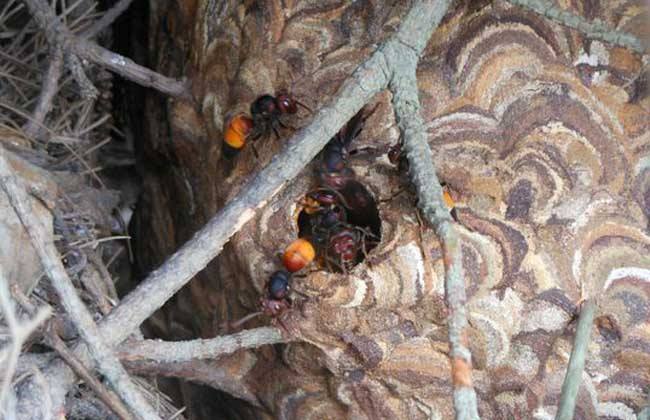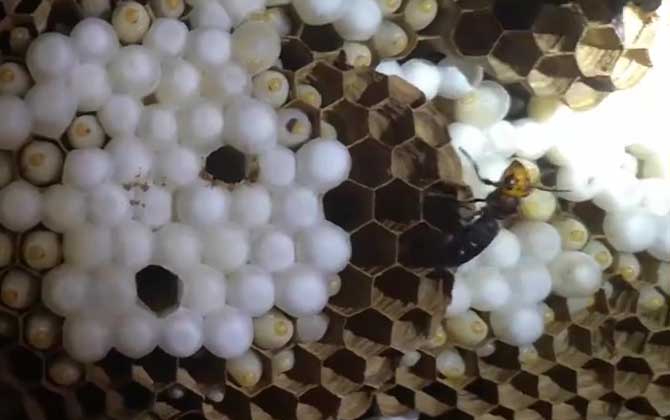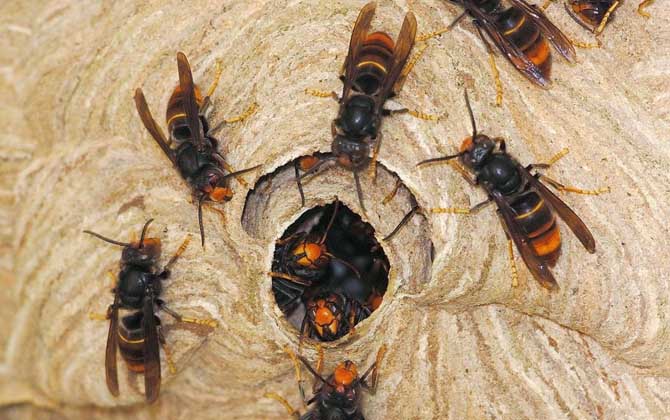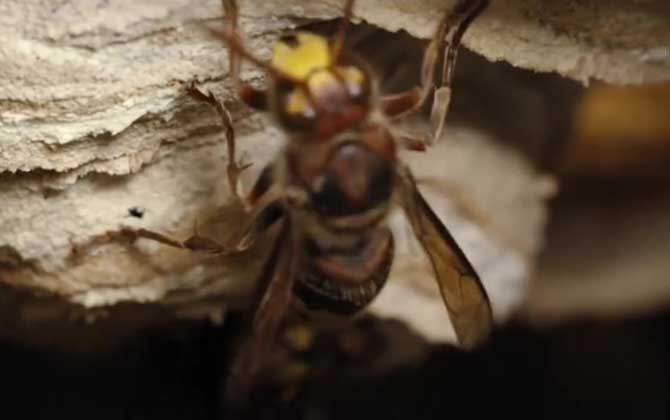Wasps Building Nests on Windows: Good Omen or Potential Danger?
Wasps, scientifically known as Vespidae (commonly called hornets, yellow jackets, or paper wasps), are stinging insects belonging to the suborder Apocrita along with bees and ants. Characterized by their slender waists and venomous stingers connected to abdominal poison glands, these insects will swarm aggressively when threatened. This article explores whether wasp nests on windows bring good fortune or pose risks.

I. Biological Classification
Wasps represent one of the most common hymenopteran groups, classified under:
- Kingdom: Animalia
- Phylum: Arthropoda
- Class: Insecta
- Order: Hymenoptera
- Suborder: Apocrita
- Superfamily: Vespoidea
With over 15,000 species worldwide, approximately 5,000 have been identified. China alone documents 200 species, predominantly from genera Vespa, Polistes, and Dolichovespula. These social insects play crucial ecological roles as predators of agricultural pests.

II. Cultural Beliefs
Traditional Chinese folklore interprets wasp nests on windows as auspicious signs, based on three symbolic connections:
- The proverb “Bees bring wealth, swallows bring nobility” (蜂来富,燕来贵)
- Phonetic similarity between “wasp” (蜂 fēng) and “phoenix” (凤 fèng)
- Association with the mythical phoenix’s auspicious symbolism
This superstition suggests impending good fortune, financial success, and wish fulfillment for homeowners.

III. Scientific Perspective
While the “good luck” interpretation lacks scientific basis, wasp nest location indicates:
- Environmental quality: Wasps require specific conditions – low pollution, stable temperatures (20-30°C), and humidity levels (40-70%)
- Food availability: Presence of adequate insect prey and plant resources
- Safety factors: Protected locations away from constant disturbances
A nest on your window primarily reflects suitable habitat conditions rather than mystical signs.

IV. Practical Management
Proper nest handling requires balanced consideration:
| Action Needed When | Recommended Approach |
|---|---|
| Nest poses direct threat | Contact professional pest control Never attempt removal yourself |
| Nest in safe location | Maintain 3-meter safety distance Install window screens Avoid sudden movements nearby |
Venom potency varies by species, with some wasp stings containing:
- Histamines causing swelling
- Acetylcholine inducing pain
- Phospholipases destroying cell membranes
Severe reactions may require immediate epinephrine administration.

V. Safety Guidelines
Key precautions for coexistence with wasps:
- Preventive measures:
– Seal food sources
– Use insect screens
– Avoid bright-colored clothing near nests - Emergency response:
– If stung: Remove stingers carefully with credit card edge
– Clean area with soap/water
– Apply cold compress
– Monitor for allergic symptoms (difficulty breathing, swollen tongue) - Ecological awareness:
– Wasps control over 50 agricultural pest species
– A single colony consumes ~2000 caterpillars weekly
– Consider relocation instead of extermination when possible
Remember: Wasps only sting defensively. Their presence indicates healthy ecosystems, but requires prudent management for human safety.